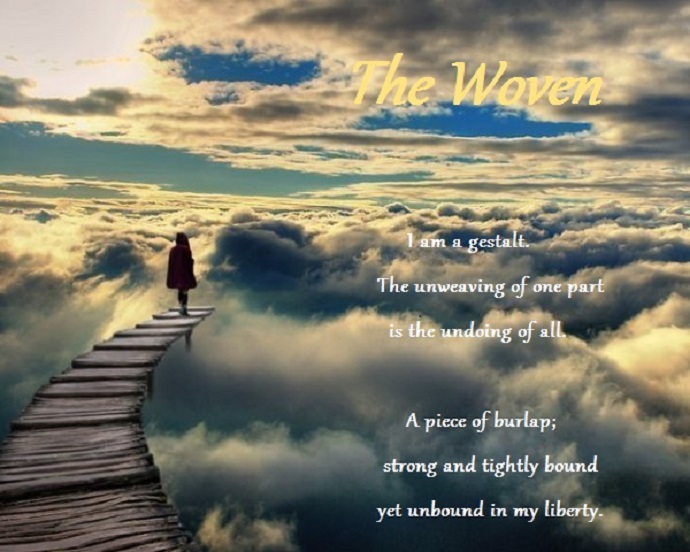My original Black Belt Thesis was about 10 pages long. The final edited version ended up being closer to 6 pages. Although I am confident much of what was cut was the proper choice, on hindsight there are parts that I regret removing, especially in light of what I learned through the actual black belt testing itself.
One section that was edited out of my thesis was on the topic of General Choi's* Jungshin Sooyang – Moral Culture. [It never made the final cut simply because it was not something my Master specifically taught, or for that matter, even made mention of].
The whole concept of General Choi's Jungshin Sooyang (the ethics and morality behind Taekwon-do) I believe, was built upon Buddhist and Taoist principals, and one Buddhist concept is that of Mindfulness.
In his book, Dharma Road, Brian Haycock has this to say;
“If you want to develop mindfulness, there are several options. First, you can join a monastery. This is the traditional way. For thousands of years, seekers have left their lives behind to take up a new life of contemplation and meditation...
Not all spiritual practice is about peaceful contemplation. The martial arts are based largely on mindfulness practices. The goal is really to keep your head under extreme conditions and react to the action without becoming distracted.”
I think this is interesting. In my black belt thesis I speak of something similar.
When I spend my energy worrying about Tomorrow and regretful for Yesterday, I do nothing but destroy my Today. The illusion is that our Today – our Now – is a tiny hairline separating Yesterday from Tomorrow. The truth of the matter is that there is no future and there is no past, but only an eternally endless Now.
I believe these points all came into coherence for me during the actual black belt test.
The test itself was 3 ½ hours long. It began with running for a half-hour, followed by having to do 200 sit-ups and 200 push-ups within 15 minutes. Then came the patterns – all 11 (near 300 memorized movements/strikes). Then having to perform 400 kicks (shoulder height or higher) within 15 minutes. Then self-defense (had to hold off 3 attackers for 5 minutes), followed by sparring. 3 Rounds with a new (fresh) opponent every round. Then, finally the board breaking (14 boards in total).
It was at the patterns stage of the testing that my legs felt like rubber. I kept thinking of how much more I had to do and how little energy I felt I had left. But it was also at this same time that my method of thinking changed. I cannot honestly say whether it simply happened or I chose it. I got to the point when I had to (literally) force myself to function exclusively within the Now. No more thinking about how much more I had to do. No more thinking about how my energy levels were dropping. No more thinking about time. Just focus on what I was doing right here, right now.
And I believe, that was a near perfect example of this Mindfulness.
* General Choi (1918 - 2002) was the founder of Taekwon-do.



